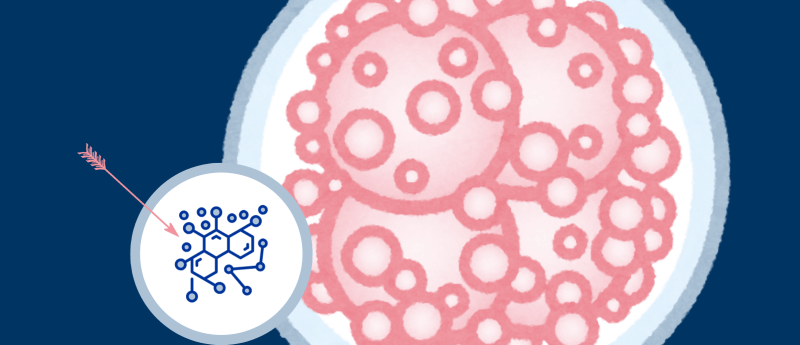Targeting prostate cancer’s Achilles’ heel

Scientists have identified two enzymes that help prostate cancer cells grow, survive and resist treatment, paving the way for new and more effective treatments.
An international team has uncovered two enzymes that play a key role in helping prostate cancer cells proliferate and demonstrated that blocking them weakens cells, reducing tumors. This finding could help improve the efficacy of existing treatments, improving outcomes.
Prostate cancer is the second most common cancer in the world, and, although there are numerous treatment options, treatment resistance is a challenge. Cancer cells can stimulate accelerated protein production to support their growth, so a team from Flinders University (Australia) and South China University of Technology (China) started investigating the mechanism behind this.
Cutting prostate cancer off at the source
Led by Jianling Xie, who started the research while at Flinders University, the researchers demonstrated that two key enzymes, PDIA1 and PDIA5, are important regulators of prostate cancer growth and are induced by the androgen receptor (AR) signaling axis. The AR is a key driver of prostate cancer growth and an important therapeutic target.
Disabling these enzymes, either through genetic modification or pharmacological intervention, caused redox stress, mitochondrial dysfunction and growth inhibition. In patient-derived tumor samples and mouse models, this resulted in the death of prostate cancer cells and tumor shrinkage.
 Cloaked CAR-NK cells avoid cytokine release syndrome
Cloaked CAR-NK cells avoid cytokine release syndrome
Immune-evading CAR-NK cells maintained a population in mice long enough to eliminate cancer whilst avoiding cytokine release syndrome.
The team also reported that co-administering PDIA1 and PDIA5 inhibitors with enzalutamide, a common prostate cancer treatment that blocks the AR, boosted overall treatment efficacy.
“We’ve discovered a previously unknown mechanism that prostate cancer cells use to protect the AR, which is a key driver of the disease,” explained senior author Luke Selth, Head of Prostate Cancer Research at Flinders University. “By targeting these enzymes, we can destabilize the AR and make tumors more vulnerable to existing therapies like enzalutamide.”
New avenues for prostate cancer treatment
Before clinical trials can be done, safer PDIA1 and PDIA5 inhibitors – with fewer off-target effects – will be needed. However, the team is hopeful that their enzalutamide combination therapy has potential.
“This is an exciting step forward,” concluded Xie, now at South China University of Technology. “Our findings show that PDIA1 and PDIA5 are not just helpers of cancer growth but they’re also promising targets for new treatments that could work alongside existing drugs.”